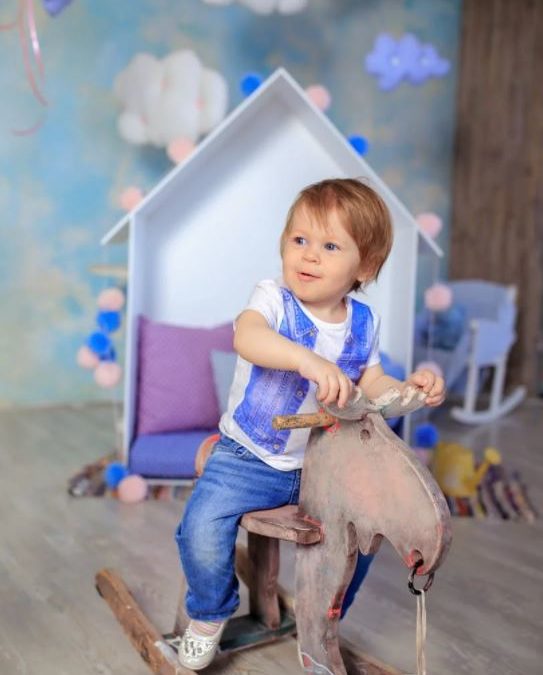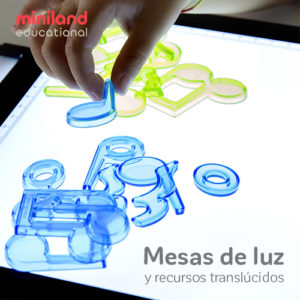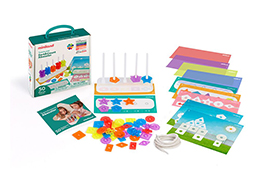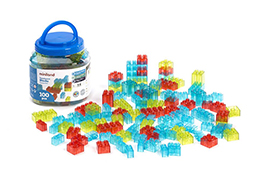Incorporating it into your classroom is therefore an effective way to take the sting out of delivering curriculum content while developing essential life-skills at the same time. Stimulating especially interactive play ― using carefully selected educational toys ― increases social cohesion in ways that have a lasting impact on every child. Let’s take a closer look:
Interactive toys, learning, and holistic education
The philosophy of holistic education understands that each child finds identity and meaning through a connection to their community and the natural world. It uses this position to deliver curriculum content in a way that ensures a high memory retention rate and validation of each child as a multifaceted being.
Interactive learning in a holistic educational environment has the primary benefit of sharpening a child’s critical thinking skills. This is fundamental to the later development of analytical reasoning and their ability to grow into self-regulating adults. The cross-curricular, multimodal approach of interactive learning allows children to explore open-ended questions with imagination and logic in a multisensory way. It also allows an opportunity to develop children’s social skills, their ability to collaborate on a focused task, and to strategize and implement plans as a group.
Interactive learning models mean you create lessons in which students hold conversations with each other, and with you. Your children learn content through role-playing, drama games, and exploratory activities.
Using selected learning aids and educational toys can support you in delivering your curriculum in this way. While facilitating this can seem intimidating, resources exist to make it easier. The next section introduces you to some great examples, and the concrete skills they help develop.
Interactive toys and skills development
Toys have the wonderful ability to extend any activity beyond what’s normally capable without them. It also ensures introverted children who sometimes prefer to play and learn alone do not miss out entirely on the benefits of external stimulation. Interactive toys can grow:
- Physical dexterity
Ride-on toys, dolls carriages, and wading tools are just some of the toys that can build strength, confidence and balance in children.
- Creativity
Activities requiring imaginative and artistic expression grow creativity, one of the 4 C skills. Finger paints, play dough, and role-play games such as Miniland’s Follow the Big Foot are great to inspire this kind of play.

- Problem-solving
Nature-based activities are especially good at creating opportunities to develop investigative and experimental skills. Sandbox games, mud-pie making, and certain activities in Miniland’s Mindful Kids program are excellent for this.
- Language development
Communication is key to language development. Reading to your children or playing games such as Miniland’s ABC Monster grow the basic understanding of symbolic language systems, while games like Follow the Big Foot allow opportunities to practice interpersonal communication.
- Social skills
Some of the same games that work to develop language also grow social skills, such as empathy. Certain role-play games ― like Miniland’s BBQ Emotions! ― can encourage growth in emotional regulation by helping you create a forum for modeling socially appropriate encounters with emotional situations in a safe way, in your classroom.

Investing in a few key learning aids and educational toys can unlock near infinite opportunities to easily include interactive play and holistic learning elements into your classroom. Browse Miniland’s catalog to explore the full range of specialty toys available to you.





